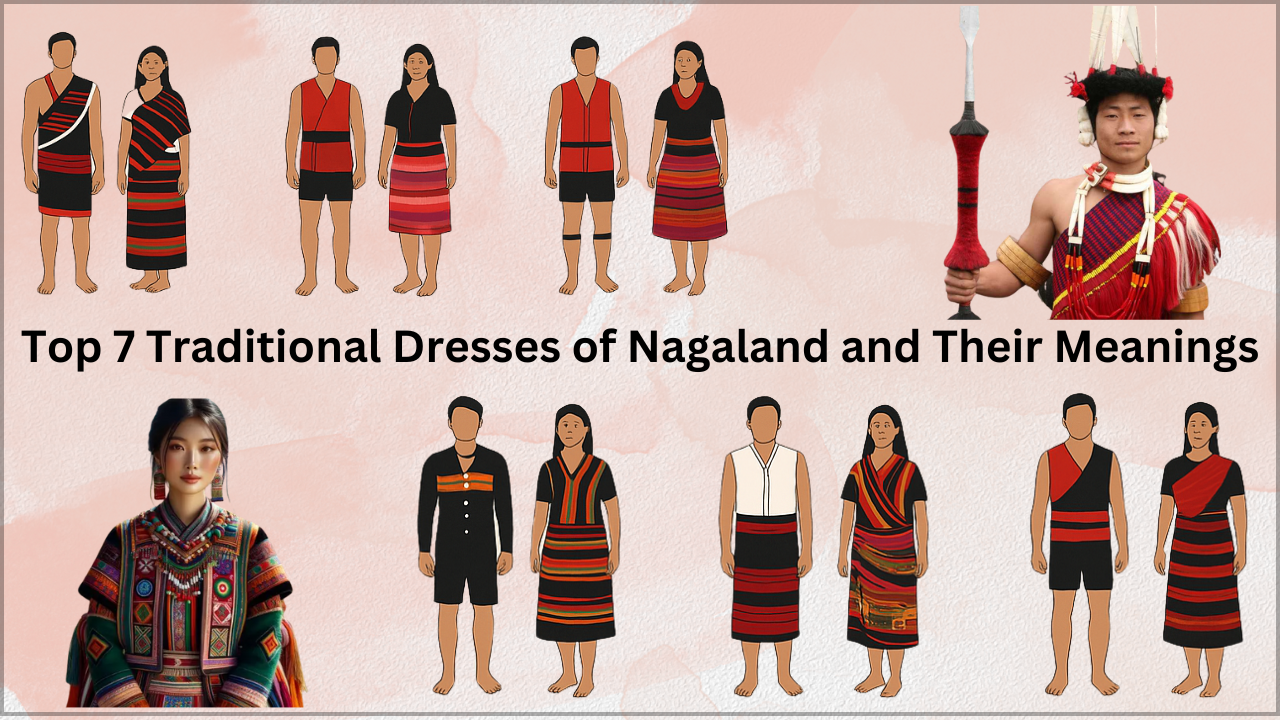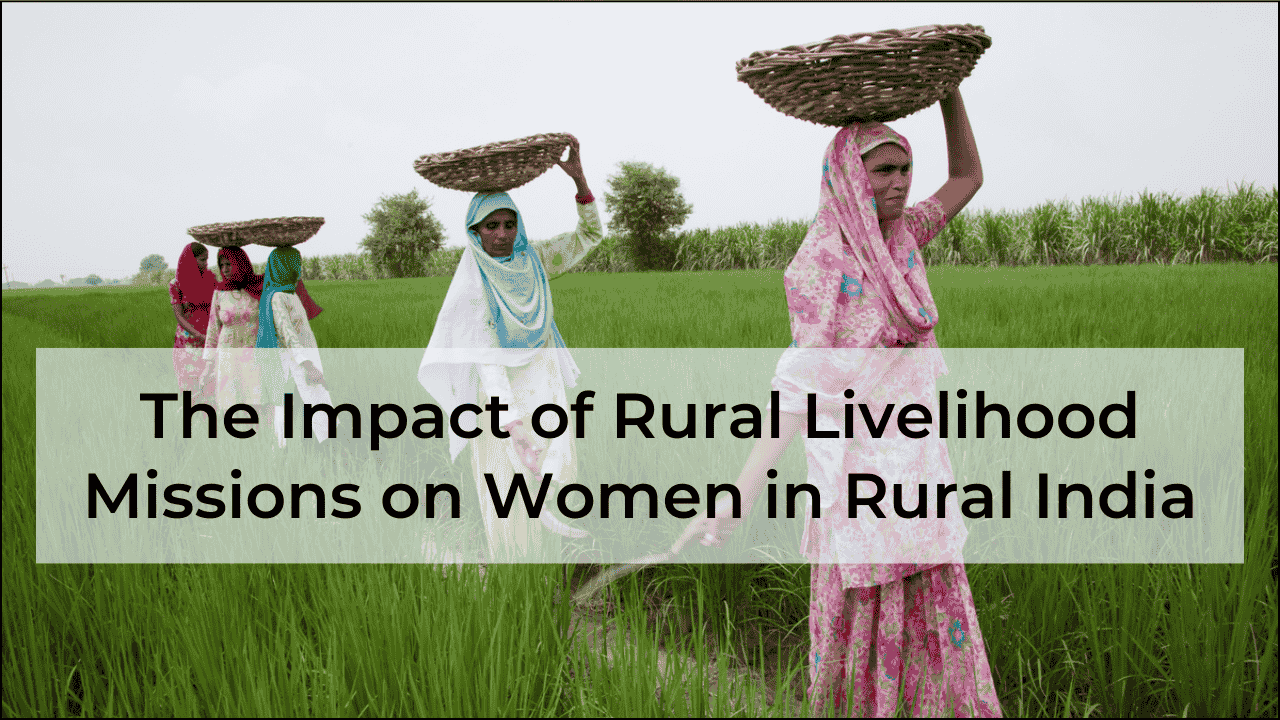
The National Rural Livelihood Mission (NRLM) has emerged as a cornerstone initiative in India’s fight against rural poverty and inequality. This article examines the effectiveness of the Nagaland State Rural Livelihood Mission (NSRLM) in promoting sustainable development and improving livelihood security among rural communities, based on field evidence from Nagaland.
Background and Objectives
Established on September 13, 2012, the NSRLM serves as the implementing agency of the National Rural Livelihoods Mission in Nagaland. The program aims to reduce poverty by increasing household income through sustainable livelihood opportunities and improved access to financial services. At its core, NSRLM focuses on creating effective institutional platforms for the rural poor, enabling them to enhance their livelihoods and access better financial services.
The primary objectives of the mission include:
- Mobilizing rural poor households into self-help groups (SHGs)
- Facilitating access to credit and other financial, technical, and marketing services
- Building capacities and skills for sustainable livelihoods
- Improving delivery of social and economic support services
Methodology of the Study
A comprehensive study was conducted across three districts in Nagaland, covering three blocks and six villages. Primary data was collected from 300 individual SHG members (50 respondents from each village) using the convenience sampling method. The study measured six components of livelihood security:
- Food Security
- Economic Security
- Education Security
- Health Security
- Habitat Security
- Social Security
Each component was ranked for availability, accessibility, quality, and status. A weighted average score was calculated using a five-point ordinal scale (1-5) to measure the Livelihood Security Index.
Key Findings on Livelihood Security Components
Food Security
Food security emerged as one of the stronger components with 76% of respondents reporting medium to high levels of food security. This indicates that NSRLM has made significant strides in improving access to sufficient food among rural households. However, approximately 23% of respondents still experience low food security, particularly in villages like Diphupar and Changtonya.
Economic Security
The study revealed that 77% of households enjoy medium to high levels of economic security. Economic security received the highest weightage (63.0%) among all livelihood components, suggesting that NSRLM has effectively contributed to improving household income and assets. Villages like Kigwema and Model Village demonstrate higher economic security, while Changtonya showed lower levels, indicating uneven economic development across regions.
Education Security
About 64% of respondents reported medium to high levels of educational security. However, a significant 36% still experience low educational security, highlighting the need for improving educational infrastructure and access. The village of Jakhama showed the highest educational security, while Model village had a concerning 24% illiteracy rate.
| Security Component | Low (<0.350) | Medium (0.351-0.70) | High (>0.701) | Mean Score |
|---|---|---|---|---|
| Food Security | 23.3% | 36.3% | 40.3% | 0.588 |
| Economic Security | 22.6% | 45.7% | 31.7% | 0.565 |
| Education Security | 35.7% | 41.3% | 23.0% | 0.486 |
| Health Security | 38.0% | 47.3% | 14.7% | 0.453 |
| Habitat Security | 32.3% | 47.3% | 20.3% | 0.468 |
| Social Security | 48.0% | 31.3% | 20.7% | 0.425 |
Health Security
Health security showed concerning results with only 14.7% of respondents enjoying high levels of security, while 38% reported low levels. Although the National Family Health Survey (NFHS-4) indicates that about 80% of Nagaland’s population has access to improved drinking water sources and 98.3% have toilet facilities, many respondents reported reliance on rainwater harvesting and poor medical facilities in rural areas.
Habitat Security
Nearly half (47.3%) of the respondents reported medium levels of habitat security, with 32.3% experiencing low levels. This reflects the need for improved housing facilities and household amenities. According to NFHS-4 (2015-16), only 28.4% of Nagaland’s population lives in permanent (pucca) housing, highlighting significant room for improvement.
Social Security
Social security emerged as the weakest component with 48% of respondents reporting low levels. This indicates limited community participation by women in decision-making processes and political activities. Villages in the Dimapur district showed relatively better social security compared to other regions, but overall, women’s participation remains constrained.
Overall Sustainable Livelihood Index
The overall Sustainable Livelihood Index (SLI) indicates that the majority (83.7%) of respondents in the study villages have medium levels of livelihood security. Only 4.7% enjoy high sustainability, while 11.7% experience low sustainability, suggesting they live in vulnerable conditions.
| Overall Livelihood Security | Percentage of Respondents |
|---|---|
| Low (Unsustainable) | 11.7% |
| Medium (Sustainable) | 83.7% |
| High (Highly Sustainable) | 4.7% |
Impact and Challenges
The NSRLM has shown positive impacts in several areas:
- Increased household income and improved food security
- Enhanced access to bank credit and investment funds
- Facilitated social and political transformation for Naga women
- Created sustainable development at moderate levels across the state
However, several challenges remain:
- Uneven development across different villages and districts
- Limited health infrastructure and services in rural areas
- Inadequate educational facilities in certain regions
- Restricted women’s participation in decision-making processes
- Insufficient housing and habitat amenities
Conclusion and Recommendations
The NSRLM has made notable progress in enhancing livelihood security in Nagaland, particularly in economic and food security domains. However, except for food security, other security indices remain in medium to low ranges across all villages, indicating continued vulnerability among rural populations.
To strengthen the impact of NSRLM, the following recommendations are proposed:
- Implement targeted interventions to improve health security through better medical facilities and drinking water systems
- Enhance educational infrastructure to address disparities in educational security
- Promote more inclusive social participation for women in decision-making and political processes
- Improve housing facilities and household amenities to enhance habitat security
- Develop region-specific strategies to address the uneven development across different villages
With proper action plans and effective implementation mechanisms, the NSRLM can significantly contribute to sustainable development and poverty reduction across Nagaland. The study emphasizes the urgent need for comprehensive poverty alleviation and capacity-building schemes to address existing vulnerabilities and improve overall livelihood security in the state.



